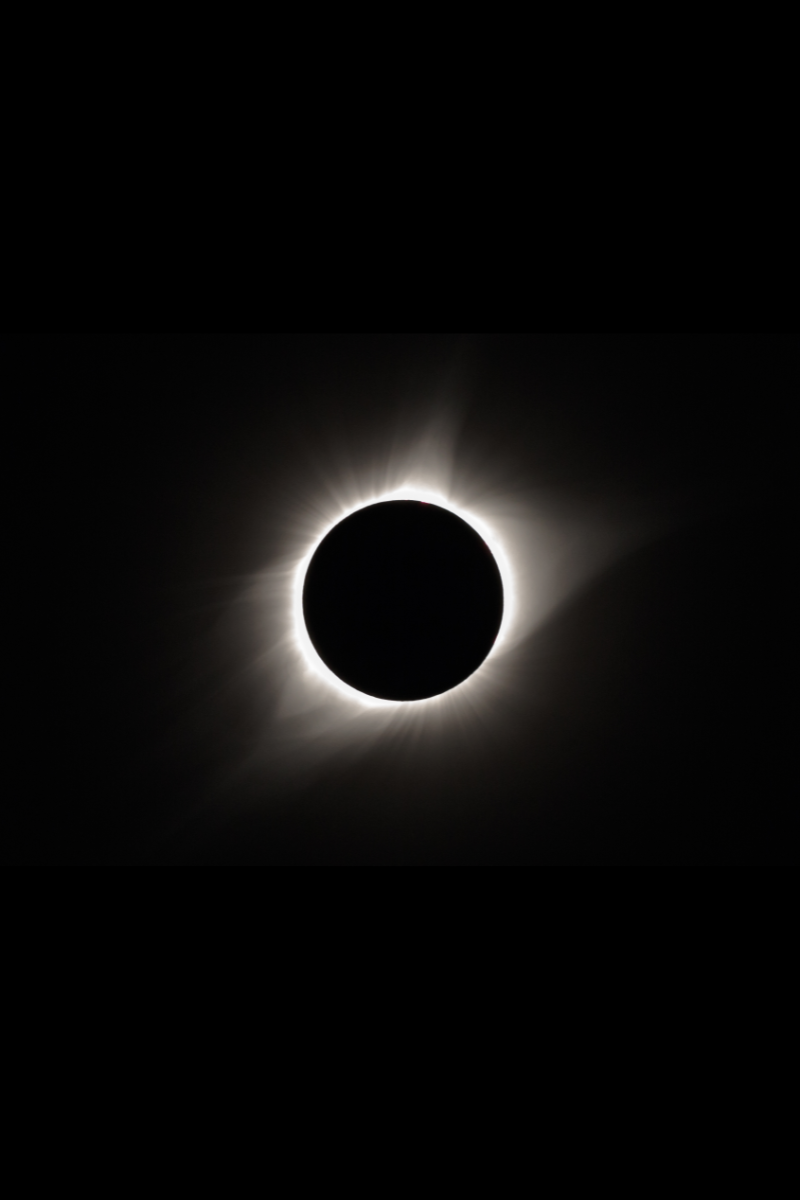On April 8, 2024, the moon will pass directly in front of the sun, causing the sky to go momentarily dark as it casts a shadow over the earth. Now, it’s not a completely rare phenomenon. In fact, total solar eclipses are estimated to occur once every 18 months. However, most happen way out in the vast ocean where they are not easily accessible.
The last eclipse that was visible in the U.S. was in August of 2017; however, Ohio was not in the path of totality. The last time we were in the path was in 1806, and the next occurrence is predicted to be in 2099.
In addition to the fact that we are in the path of totality for this eclipse, what makes this one exciting for scientists is that the sun is at its pique activity (in 2017, it was at its minimum).
What exactly does this mean? The Clarion spoke with Professor Lalitha Locker, the Chairperson of the Physical Sciences Department, who explained in detail why the activity of the sun is critical to this particular eclipse.
“The way the sun affects the earth depends on the solar activity, which occurs on a 11-year cycle with maximas and minimas. This is influenced by the charged particles that leave the sun and reach the Earth’s atmosphere. We are expecting this year’s maxima to be very strong, and we are still researching how and why certain eclipses are more spectacular than others,” she said.
Professor Locker explained that from Dayton, Ohio, the totality of the solar eclipse is estimated to last for two minutes and 43 seconds, which is considered a long time.

To add on, during this total eclipse, Venus and Jupiter will actually be visible during the day, which is not common.
Furthermore, Profesor Locker highlighted what physicists and biologists will have the opportunity to study in correlation to the eclipse.
“The corona of the sun, which is the outermost layer, or the atmosphere of the sun. This eclipse will give them the opportunity to really study the corona because the light of the photosphere (the part that we see) is so bright that it overshadows the other two layers; the chromosphere and the corona. The corona being so thin, just like our atmosphere gets thinner at higher altitudes, is not something that is easily visible. Plus, with the solar maxima being close, there will be more activity in that layer of the atmosphere of the sun. Biologists will also be interested because even animal behavior changes a little bit for that short duration of time, as well as atmospheric changes here on Earth,” she said.
Even if you’re not a scientist, to be able to experience the darkening of the sky, the dropping of temperatures in a matter of minutes, and the wonder that our galaxy is, makes this truly a once in a lifetime experience.
“The department is planning on having telescopes out, pinhole cameras and binoculars, and we will be giving out eclipse glasses to students, friends, and family,” Professor Locker said.
Macey Heys, Managing Editor
(Featured Image from Canva)

